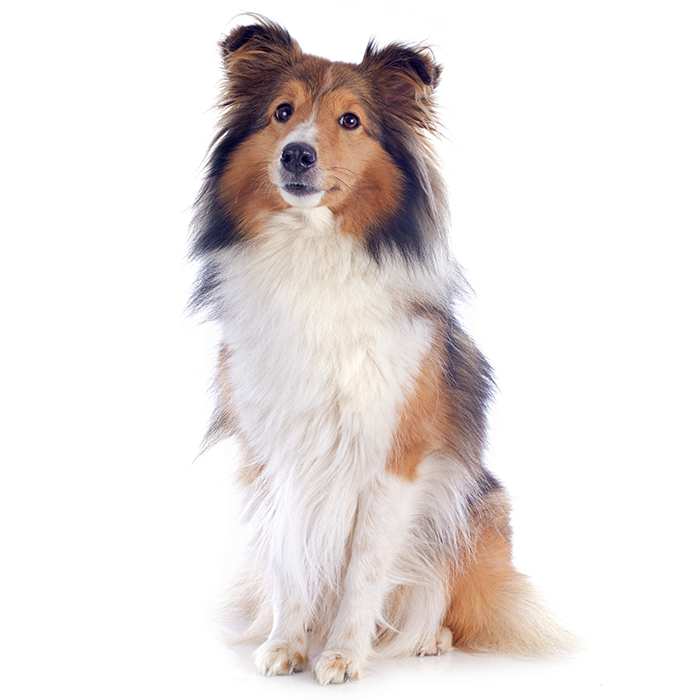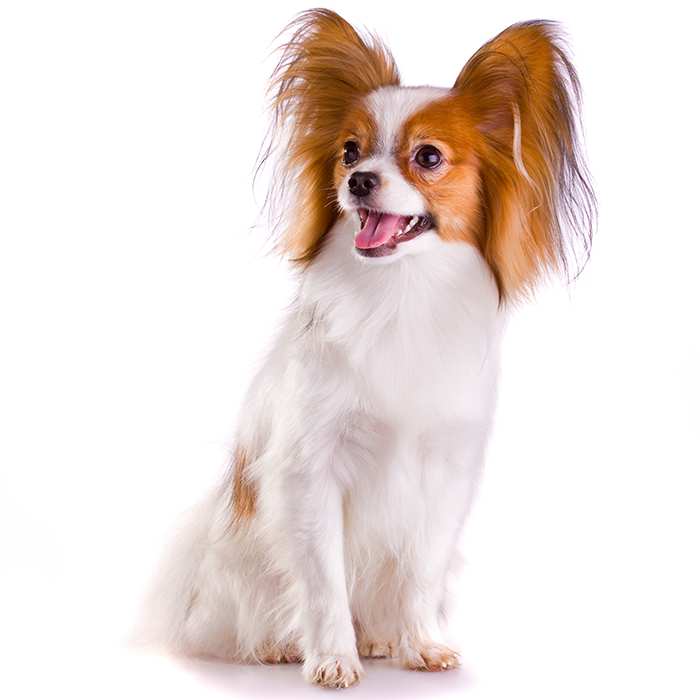Nova Scotia Duck Tolling Retriever
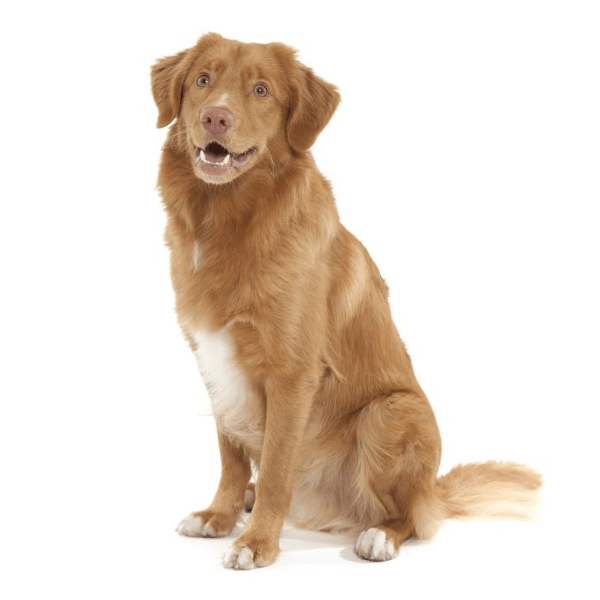

| Recommended for | Active families |
| Breed Classification | Sporting group (gundog) |
| Other names | Toller |
| Lifespan | 12 - 14 years |
| Size | Medium |
| Temperament | Affectionate, eager to please |
| Intelligence | High |
| Tendency to bark | Low to medium |
| Maintenance Level | Medium to high |
| Health Risk | This breed has an around average probability of having health issues in its lifetime, hence it is one of the more affordable breeds to insure. |
Insuring a Nova Scotia Duck Tolling Retriever?
Get our award-winning Nose-to-Tail Cover with up to $30k annual benefit limit, up to 90% of eligible vet bills back, and no sub-limits.
Get a quick quote
Is this breed right for you?
Try our breed selector quiz to find out your best matching breed!
Insuring a Nova Scotia Duck Tolling Retriever?
Get our award-winning Nose-to-Tail Cover with up to $30k annual benefit limit, up to 90% of eligible vet bills back, and no sub-limits.
Get a quick quote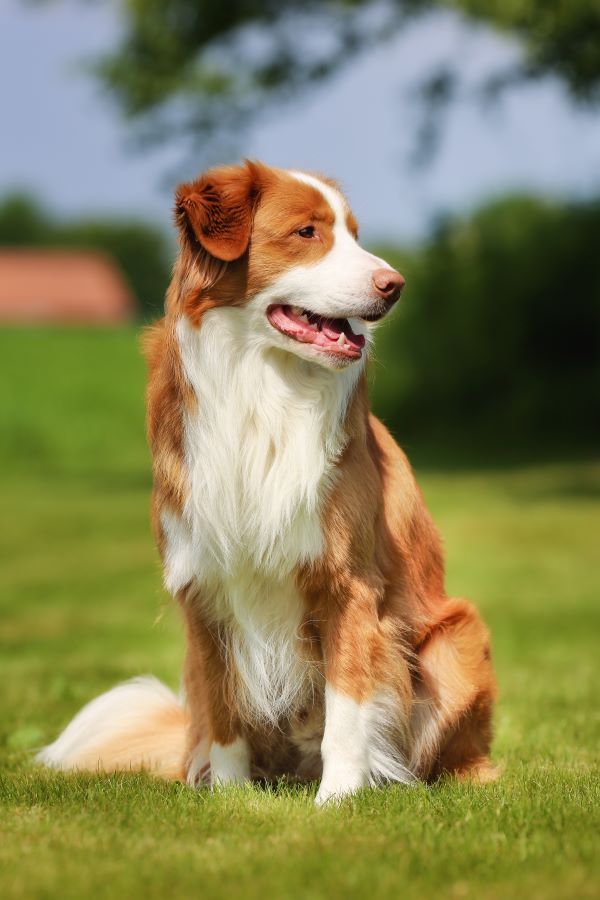
Breed history of Nova Scotia Duck Tolling Retrievers
Bred by 19th-century sportsmen in the Little River District of Nova Scotia’s Yarmouth County, the ‘Yarmouth Toller’ and ‘Little River Duck Dog’ were once alternate breed names for The Nova Scotia Duck Tolling Retriever. The specific breeding origins of the Toller are not known, but probably include retriever type dogs, a spaniel- and/or setter-type, and farm collie.
The breed name comes from a Middle English word, ‘tollen,’ meaning ‘to lure’ or ‘summon’, referring to the old hunting style of drawing ducks and other waterfowl toward the hunter in the style of a fox. In the wild, a fox will play along the shoreline to lure in waterfowl. The birds become curious as they watch the appearance and disappearance of the fox at play, and are enticed to the shore where they become easy prey for the fox.
Tollers were developed to utilise this same ingenious hunting method. The dogs imitate the curious activity of foxes, and their reddish colouring, feathery tail and quick movements exert a similarly strange fascination over waterfowl. The birds are enticed into gunshot range, where they make easy targets for hunters hiding in the bushes. The Toller is then sent out to retrieve the downed game and gently return it to its human partner’s hand.
In 1990, Marilyn Kellie, a Canadian living in Australia, heard about Tollers and considered it her patriotic duty to introduce Canada’s dog to her new homeland. Marilyn wrote letters to a number of sources and was offered a pair of Tollers from Ardunacres stock, and began the long process of shipping the pups to Australia. In 1993, the first litter of Tollers was born in Australia.
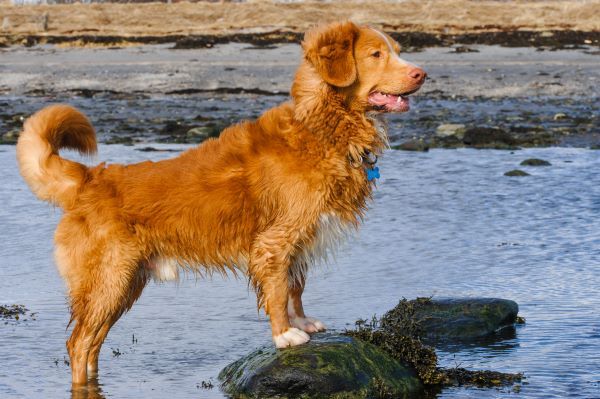
Physical description of Nova Scotia Duck Tolling Retrievers
The smallest of the retrievers, the Toller is a medium-sized, compact, balanced, well-muscled and agile dog. Their expression is friendly, alert and intelligent, and their almond-shaped eyes project an alert expression. Many Tollers have a slightly sad expression until they go to work, when their aspect changes to intense concentration and excitement.
The Toller was bred to retrieve from icy waters and has a water-repellent, double coat of medium length and softness, with a softer, dense undercoat. The coat may have a slight wave on the back, but is otherwise straight. It comes in various shades of red or orange with lighter featherings and underside of tail, and usually has some white markings.
| Weight range | Males 20 to 23 kg; females 17 to 20 kg |
| Height range | Males 48 to 51 cm; females 45 to 48 cm |
| Colours | Reddish brown, with white markings |
| Coat length | Medium |

Nova Scotia Duck Tolling Retriever personality and temperament
The Nova Scotia Duck Tolling Retriever is affectionate and eager to please. One of the smartest dog breeds, they make great companions for very active families, recommended only to those with enough time and energy to keep them usefully occupied and stimulated. Loving and playful towards their family, they can be reserved with strangers. Most Tollers will greet strangers, but generally reserve true enthusiasm for their family and special people.
Naturally happy dogs with a good disposition, Tollers are playful, engaging, and perfectly at home living with humans. Happy to be wherever their people are, they are able to go from couch potato to bounding retriever in mere seconds. Their love for life is infectious, and they will try to engage everyone around them in their play; as an example, iff you are standing near a Toller, they will drop a ball or toy at your feet.
Tollers are a hunting breed, and were bred to be working dogs. They have a fanatical drive to work, and will retrieve until your arm is ready to fall off. As retrievers of ducks in rivers, their love for water is no surprise and any puddle is an opportunity to investigate. They like new experiences and are easy to take travelling.
Tollers will let you know what they want – they have the ability to communicate in many ways with humans – with their eyes, vocalisations, and body language. If you are unable to be firm about the rules of your household, and to enforce them consistently, you will find that the ruler of your house is a four legged redhead.
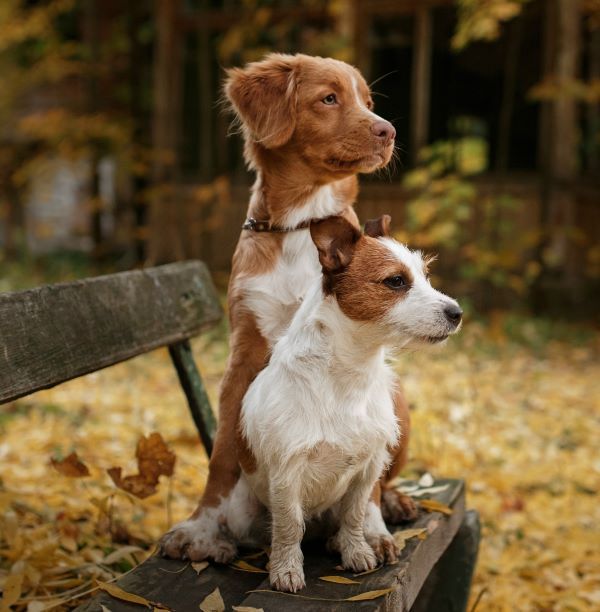
Nova Scotia Duck Tolling Retrievers with kids and other pets
Loving towards their family, most Tollers are good with children, showing patience and being gentle with them.
When properly socialised, they are great with other dogs, especially when raised with them. They have a strong desire to chase, so if you don’t want your cat chased, this may not be the dog for you. The chasing will be all in fun, but it is likely to happen. Their retrieving instinct may have them gently rounding up smaller pets in the home.
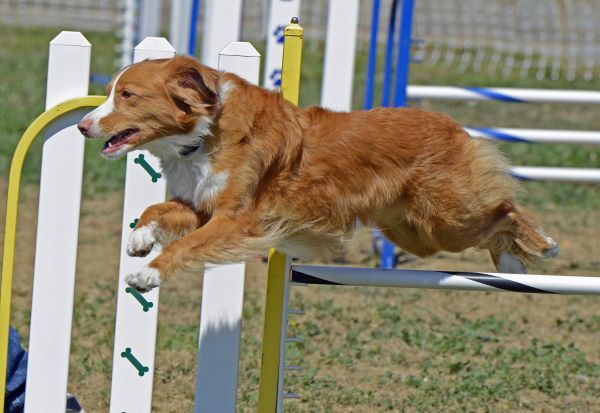
Nova Scotia Duck Tolling Retriever training and exercise
Tollers are highly energetic dogs that require intense regular exercise and also need a lot of mental stimulation. They are perfect for families that will train them every day and keep them busy with dog sport activities. They will play fetch for hours, but ball throwing alone will not make a happy Toller. If you don’t have time to give this breed at least an hour of exercise a day, with plenty of swimming (for which they are ideally suited, down to their webbed feet) and fetching as well, you are looking for trouble.
These dogs need to be challenged and engaged by their work, or they get bored and stop paying attention. Keeping all that intelligence focused and busy is a big challenge. Because Tollers love to engage and do things with their owners, many participate in canine sports such as agility, flyball, tracking or fieldwork to channel the breed’s excess energy.
Alert, outgoing and incredibly fast learners, Tollers require creative and mentally stimulating training. Most Tollers respond well to reward-based training – food, toys, or anything that moves can be used to engage them. Being goal orientated, they generally want to know what’s in it for them. They like training to be fun, so short, productive sessions are best. However, it is still important to have consequences for undesirable responses.
| Energy level | Very high |
| Exercise requirements | Very high |
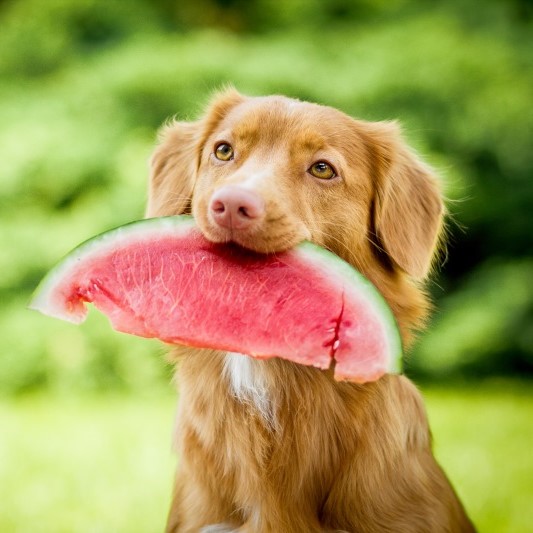
Nova Scotia Duck Tolling Retriever feeding and nutrition
Tollers don’t have specific dietary requirements and should do well on a high-quality dog food appropriate to the dog’s age (puppy, adult, or senior) and activity level. In general, Tollers should be fed twice daily, in the morning and evening.
Some dogs are prone to getting overweight, so monitor your dog’s calorie consumption and weight level. Treats can be an important aid in training, but should be used in moderation if weight gain is a concern. Check with your vet if you have any concerns about your dog’s weight or diet.
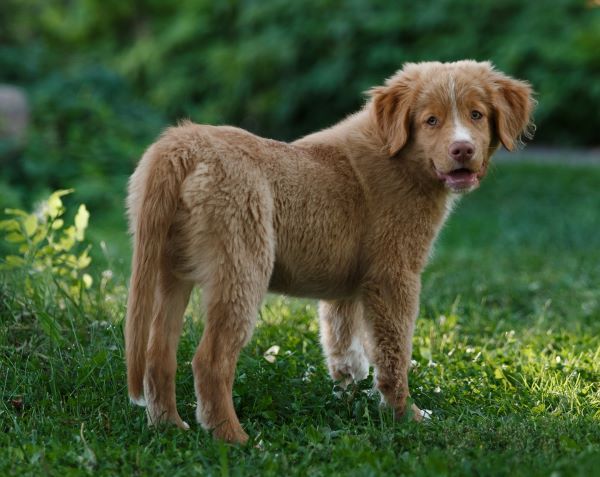
Nova Scotia Duck Tolling Retriever care and grooming
Toller coats are easy to look after, with weekly brushing required to keep it looking its best. Naturally drip-dry, after a bath or swim just rinse them off and they are ready to go. Tollers do shed their coat seasonally, and during these times, daily brushing is often in order. Because they are dogs who like to swim and roll and wallow, they are not a good fit for the fastidious or allergic.
Some minimal additional grooming is required, which basically entails neatening the areas around the ears and feet. The hair around and under the ears is finer and more likely to knot, while excess hair from between the pads of the feet may cause your Toller to lose traction on indoor surfaces.
Health issues for Nova Scotia Duck Tolling Retrievers
- Addison’s disease, also called Hypoadrenocorticism or adrenal insufficiency, is a deficiency of cortisol or aldosterone, both of which are hormones produced by the adrenal gland that are critical to the healthy functioning of the body. The condition is caused by either faulty adrenal glands or abnormal signals sent from the pituitary gland. It often doesn’t surface until the dog is middle-aged.
- Hip dysplasia and Elbow dysplasia are inherited conditions which occur when the ball and socket of the affected joint do not fit together properly. As these conditions can cause painful arthritis in the joint later in the dog’s life, it is essential to begin management and/or treatment of the condition as soon as possible. For elbow dysplasia, surgery may be recommended.
- Progressive Retinal Atrophy (PRA) describes a group of eye conditions in which an atrophy or degeneration of retinal tissue occurs. The first sign of progressive retinal atrophy is usually night blindness; this progresses to total blindness over a period ranging from months to years.
- Collie Eye Anomaly: Originally discovered in the Collie breed, collie eye anomaly is an abnormality of the eyes that can also affect other dog breeds. It is an inherited, congenital condition resulting from a mutation of the chromosomes that determine the development of the eyes (it always occurs in both eyes). This condition impairs vision and can result in other eye abnormalities such as a detached retina, optic nerve abnormalities and a loss of retinal cells, which can lead to blindness.
- Tollers also are somewhat more prone than other breeds to develop autoimmune-related issues.
Not all conditions are covered by Pet Insurance. For details of Bow Wow Meow Pet Insurance cover, refer to the Product Disclosure Statement.
Free engraved pet ID tag on sign up3
Customer Satisfaction
21 day cooling off
Easy to use Pet Portal

GapOnly® in vet claims
MORE INFORMATION
Nova Scotia Duck Tolling Retriever Club of Victoria Inc: https://www.tollerclub.org/
Nova Scotia Duck Tolling Retriever Club (USA): https://www.nsdtrc-usa.org/


